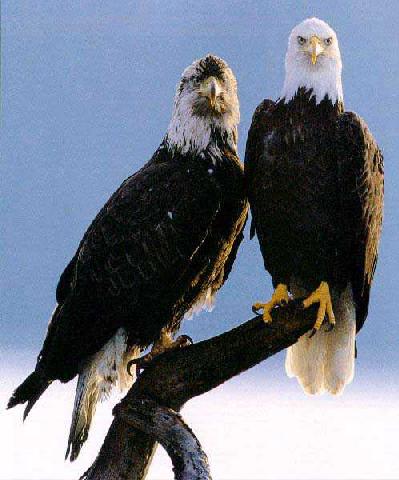|
| 질의: bald eagle | 결과: 559번째/566 | |
Bald Eagle (Haliaeetus leucocephalus)(흰머리수리) and juvenile
| 제목: | Bald Eagle (Haliaeetus leucocephalus)(흰머리수리) and juvenile
| |

| 해상도: 399x480
파일크기: 33731 Bytes
등록시간: 2004:06:26 05:27:29
|
From: kitti@ibm.net
Newsgroups: alt.binaries.pictures.animals
Subject: Re: need eagle pictures
Date: Mon, 11 Nov 1996 22:39:10 GMT
Eagles.jpg |
^o^
동물그림창고 똑똑전화 누리집
^o^
|
|